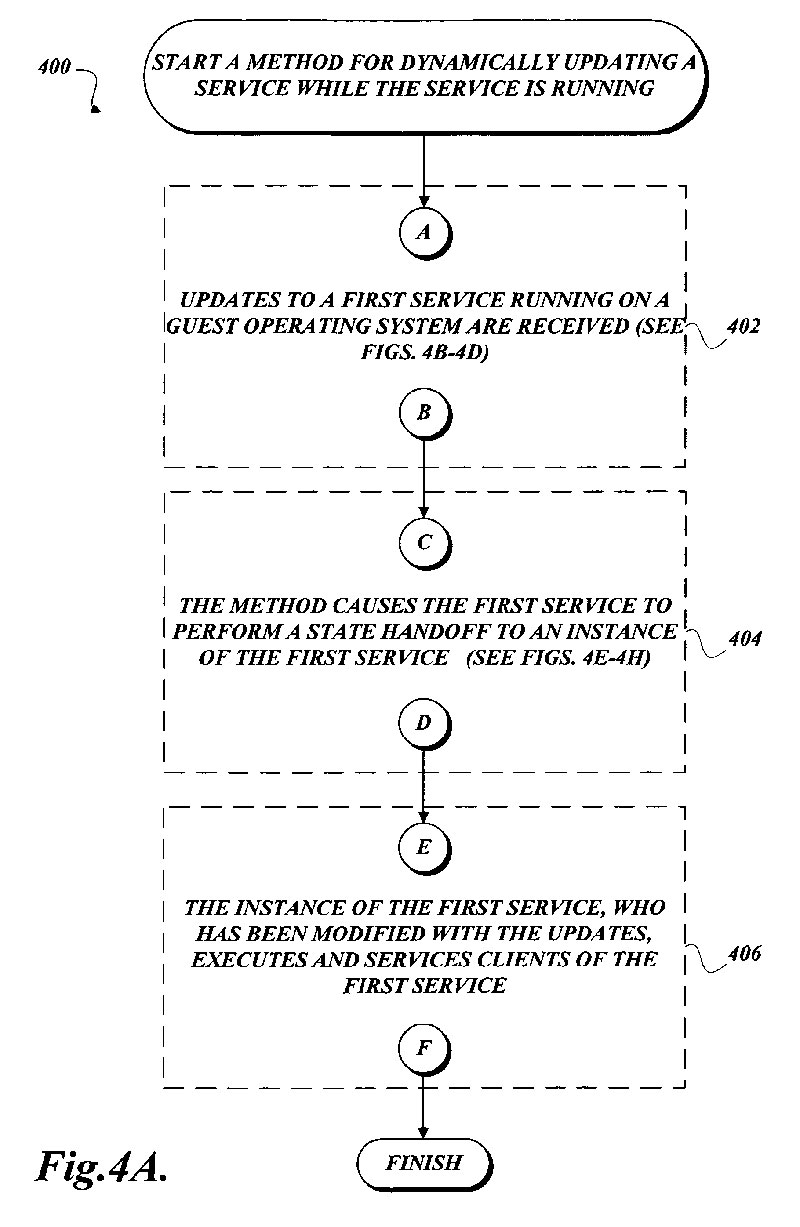Microsoft Patents On-The-Fly Software Updates
If you like silent updates, you are going to love this idea. Instant updates that do not require your software to be restarted.
It is not exactly a new idea and took Microsoft almost eight years to get patent approval. Microsoft filed the patent already back in September of 2004 and described its approach to apply security patches to software that does not force a system to be shut down. The patent is limited to server environments in which only some instances of a software are updated while others remain unaffected and enable a system to remain fully available - which is an especially critical feature in a global organization, which relies on maximum uptime of their servers.
However, the same idea is even more interesting in a cloud server and client environment, in which your only client software may be a browser or dedicated apps. There is no reason to believe that security patches could not be applied on-the-fly in such scenarios as well and even in web browsers that use the required structures of certain instances that can be updated without compromising the overall functionality of the software. Silent updates are currently only fully available on Google Chrome (which, however, requires a restart after the update). Microsoft is gradually rolling out a similar feature set for IE and Mozilla is expected to have it fully available in Firefox 13 or 14 later this year.
It appears that we have grown accustomed to forced, silent updates. Removing the restart requirement would be another huge step for usability, especially in cloud computing scenarios.
Get Tom's Hardware's best news and in-depth reviews, straight to your inbox.

Douglas Perry was a freelance writer for Tom's Hardware covering semiconductors, storage technology, quantum computing, and processor power delivery. He has authored several books and is currently an editor for The Oregonian/OregonLive.
